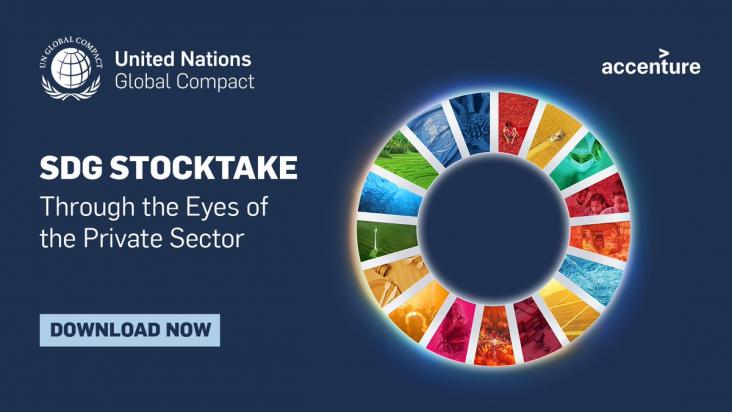
The United Nations Global Compact-Accenture Global Private Sector Stock take report report offers an appraisal of private sector contributions to the SDGs so far and outlines a clear pathway for private sector action over the next seven years.
Steel production is a major global carbon emitter, yet its role in meeting climate targets remains underexplored. Our analysis shows deep emission cuts are achievable through rapid mitigation, demand reduction, and carbon capture, offering vital guidance for policymakers and stakeholders in decarbonization planning.
This Article supports SDG13 as it shows that not only short-term exposures to ambient ozone concentrations have health consequences but also long-term exposures.
This study analyses future changes in heat wave characteristics in India. Future projections show a four-to-seven-fold increase in heat wave frequency, providing a baseline for developing transformational heat-resilient policies and adaptation measures
This study proposes a diurnal heat risk assessment framework incorporating spatiotemporal air temperature and real-time population data.
The article examines the role of data interoperability in advancing sustainable food systems with a specific focus on climate change. It highlights the challenges posed by the lack of integrated databases covering critical areas like climate change, agricultural practices, and nutrition. The study uses USDA FoodData Central as a case study to visualize existing data connections and identify gaps. It advocates for the development of ontologies and crosswalks to create a harmonized data framework, which is essential for understanding and mitigating the environmental impacts of food production.
This chapter advances the UN SDG goals 13 and 14 by reviewing the biodiversity of sea cucumber species and the ways in which changing climates and habitats have influenced their biogeographies.
The environmental burden of food consumption is high in affluent countries like Sweden, and the global food system is accountable for between 21 and 37% of the total anthropogenic global greenhouse gas emissions (GHGE). This paper claims that interventions to improve dietary intake and reduce dietary greenhouse gas emissions (dGHGE) are urgently needed and that adolescence presents a unique time in life to promote sustainable diets. Conclucsion are that food choices and dGHGE per calorie differ by sex in adolescents. Thus, intervention strategies to improve dietary sustainability need to be tailored differently to females and males. Diet quality should also be considered when promoting reduced GHGE diets.
Improving diet quality while simultaneously maintaining planetary health is of critical interest globally. Despite the shared motivation, advancement remains slow, and the research community continues to operate in silos, focusing on certain pairings (diet–climate), or with a discipline-specific lens of a sustainable diet, rather than examining their totality. This review aims to summarize the literature on adherence to a priori defined dietary patterns in consideration of diet quality, metabolic risk factors for noncommunicable diseases (NCDs), environmental impacts, and affordability.
This Article supports SDGs 3, 10, and 13 by evaluating the effect of ambient temperature on mobility within large cities and urban areas, particularly focusing on the subway system in New York city.
